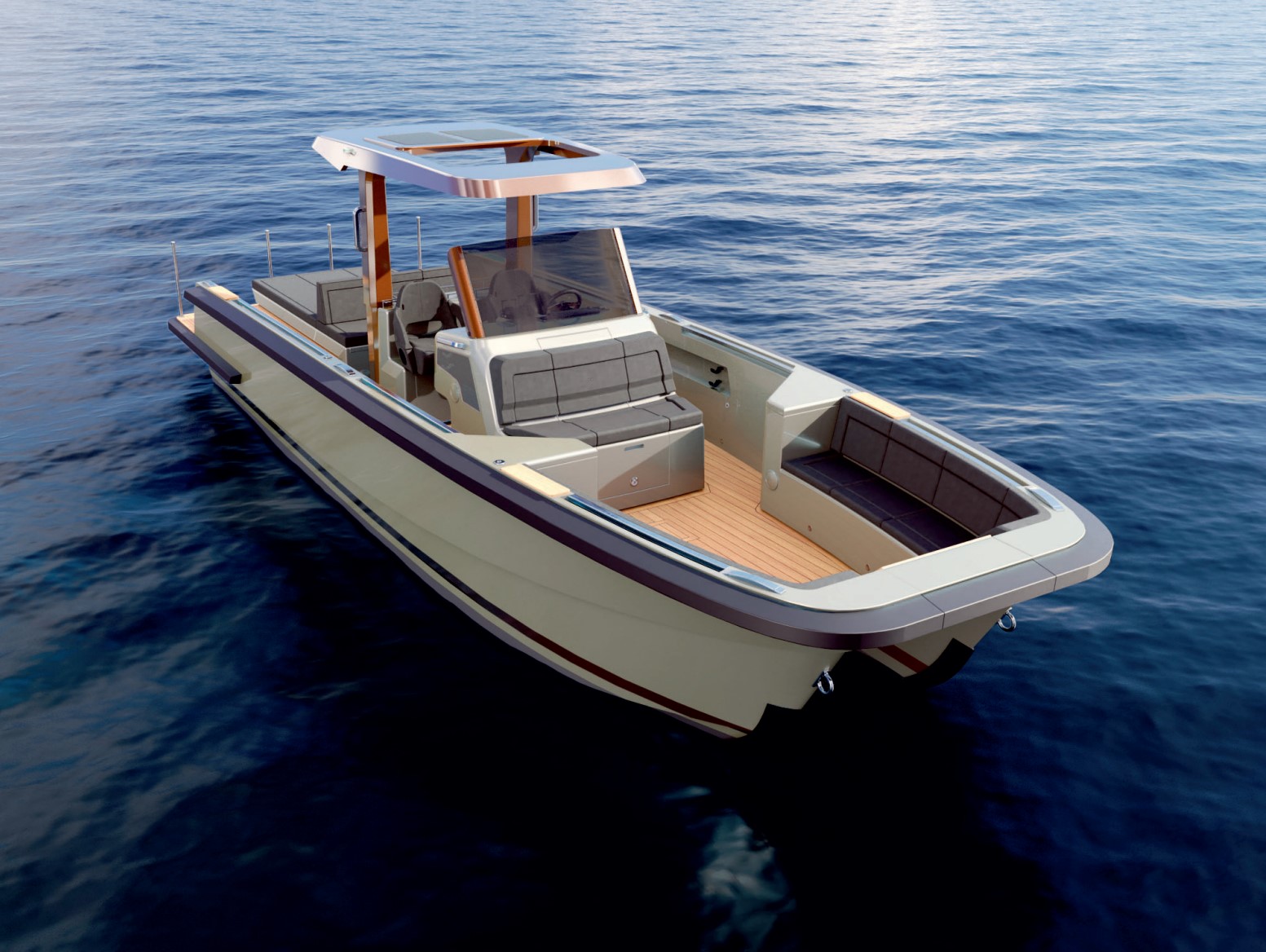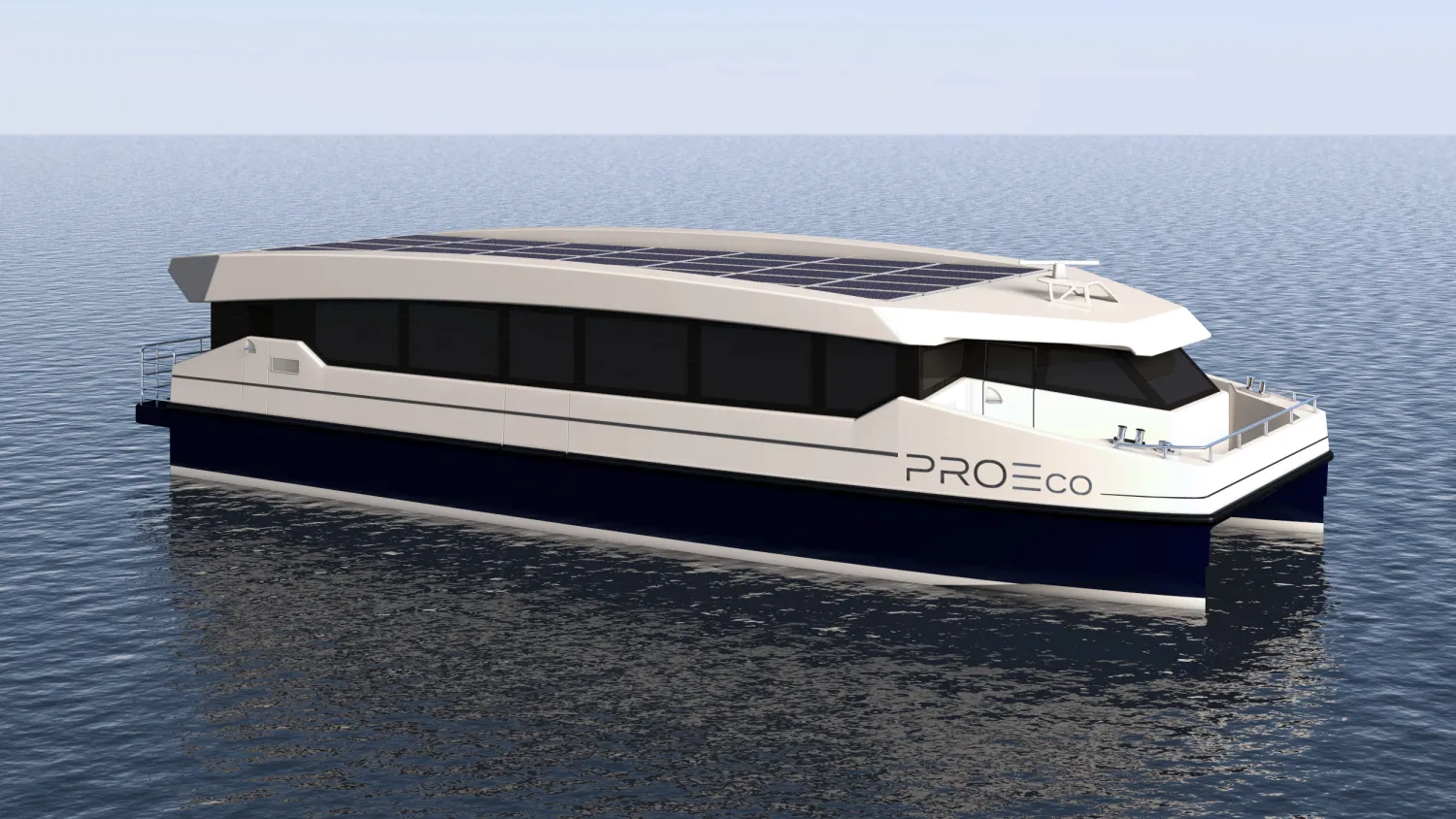
UNIDIRECTIONAL carbon
Die strukturelle Ausrichtung kann auf 0° oder 90° eingestellt werden, was die Flexibilität bietet, bestimmte Bereiche innerhalb der Komponente für maximale Leistung zu verstärken
Product Features
- Verbesserte Durchlässigkeit
- Erhöhte Ermüdungsbeständigkeit
- Geringere Harznutzung
- Überlegene mechanische Eigenschaften
- Schnellere Bauteilbaugeschwindigkeit
- Verbesserte Drapierbarkeit
- Höhere Delaminationsbeständigkeit und Schlagfestigkeit
Reference project
Product Applications
- Erneuerbare Energien
- Schiffsindustrie
- Schiffbau
- Sport und Freizeit
- Automobilindustrie
- Luft- und Raumfahrt
- Product Performance & Applications
- Certification & Compliance
- Installation & Handling
- Are your meshes suitable for high-load areas?
- Can your reinforcements be used in chemically aggressive environments like parking garages or industrial floors?
- Why is CE certification important?
- Which products are CE-certified for screed reinforcement?
- Is special equipment needed to install these reinforcements?
- Can your meshes be cut on site?
-
solidian Primafloor 130, 145, 340
-
solidian Primafloor C220 and B215
-
solidian ANTICRACK Q43/Q47/Q85/Q95
-
solidian Briksy Carbon
häufig gestellte Fragen
Absolutely. Both structural solutions (e.g. solidian ANTICRACK) and screed meshes (e.g. solidian Primafloor) are tested for mechanical performance and crack control under dynamic and static loads.
Yes. Products like solidian ANTICRACK and REMAT are engineered for high-performance use, including resistance to chemicals, de-icing salts, and water ingress. They are ideal for parking decks, warehouses, and production halls.
CE marking ensures compliance with European safety, health, and environmental protection standards. It also simplifies specification in public or regulated construction projects.
The CE-certified group includes:
This covers most standard applications on the market.




